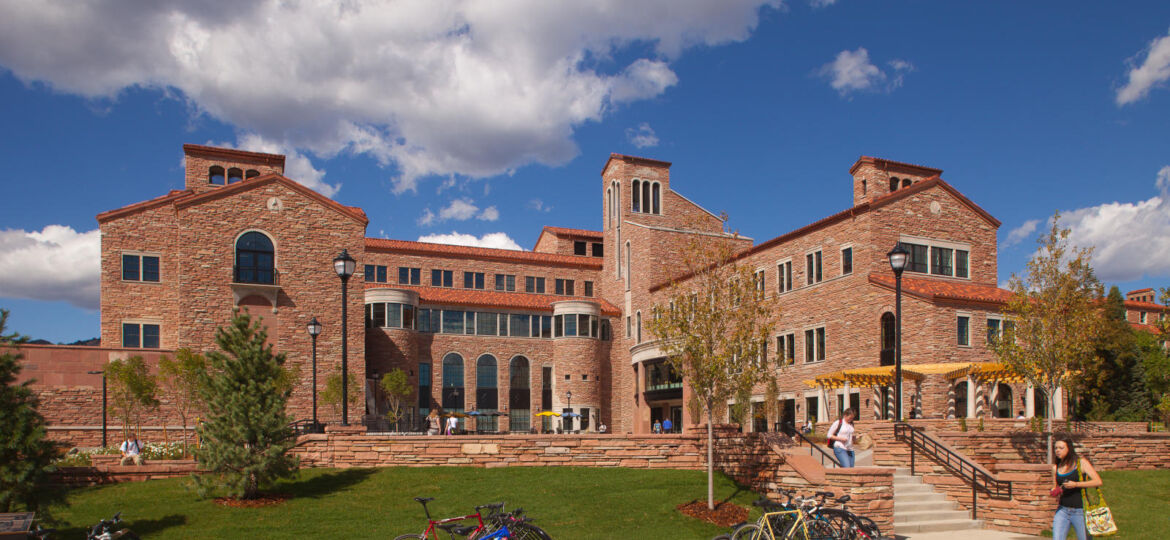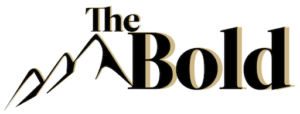
Opinion: The modern world tries to accommodate for disabilities, but we still have systemic barriers to overcome
By Areyana Proctor
Historically, society in the United States is one that has not been constructed to be the most inclusive. Marginalized communities tend to be underrepresented or stereotyped. As time has progressed, we, as a society, have slowly improved in terms of ensuring inclusivity. However, there is still progress to be made, especially as we navigate through the COVID-19 pandemic and learn about what it may mean for students with disabilities.
According to the Center for Disease Control and Prevention, 26% of adults in the U.S. population have some type of disability. Under the Americans with Disabilities Act, a person is defined as having a disability if they have a physical or mental impairment that limits one or more life activity. It is not a medical term, but a legal one.
Our society is constructed with a non-disabled individual in mind. So much of our environment in the past has been built inherently exclusive, and that is what creates barriers for people with disabilities. It is not the fact that someone is blind, for example, that stops them from participating in certain aspects of society, but the fact that society was not created to be inclusive of them. The structures within our society that are exclusive are what need to be changed.

Especially on a college campus, like the University of Colorado Boulder, there is a culture that emphasizes being outdoors, being adventurous, taking care of oneself and being athletic. This might not be as easy for an individual that has a disability in a society that was not made to support them.
Boulder, like most other colleges, has an office dedicated to providing resources to students with disabilities. Joe Andenmatten, the director of Disability Services, understands the importance of dispelling misconceptions surrounding disabilities and providing resources to students that may need it, especially during the time of a pandemic when everything has shifted to a virtual space.
The Office of Disability Services is dedicated to providing students with an equal opportunity to participate in life and programs through accommodations and services. Students can start by reaching out to the office if they feel they have a disability. The office looks at how the student is impacted and the accommodations they are seeking, and then works with the student to provide those accommodations. These can look like alternative forms of texts, ebooks, Braille maps, testing accommodations, note takers and flexibility with attendance and assignment deadlines.
“Accommodations are not designed to provide an advantage, or guarantee success,” Andematten said. “We are basically here to level the playing field.”
Seeing as how so many aspects of our society were created for the able-bodied individual, this essentially excludes the 26% of people that identify as having a disability, not even including those that may not be adults. According to Andematten, “to exclude a fifth of your population from the same programs offered to their non-disabled counterparts would be detrimental to our society.”

The Office of ADA and Accessibility at CU Boulder also aims to provide those same resources to employees. They communicate with employees that have disabilities and assess any reasonable accommodations they may need. They also provide resources to visitors who may be attending campus on a tour, working as a contractor, or connected in other ways as a visitor. They may also provide ASL interpretation, captioning and audio description for events and meetings. Having resources and offices like this on a college campus are vital, especially ones that are as focused on being active and involved in the outdoors.
Caitlin O’Donnell, director of ADA Compliance & ADA Coordinator, emphasizes that “while CU Boulder has a beautiful and historic campus, it can present a number of challenges to those who have mobility impairments and other disabilities.”
It is also important to note that when disability is talked about or represented, it tends to be physical or outward disabilities. However, the majority of people with disabilities actually have an invisible disability. It is important for people to know and understand what that means, and what it may look like. Essentially, invisible disabilities are those that are not immediately obvious or don’t impact someone in a physical way. Examples can include depression, anxiety disorders, epilepsy, diabetes and others.
Andematten also talks about the importance of person-first language, and why some people with disabilities may or may not prefer it. Person-first language is making an effort to not refer to someone as their disability first. For example, instead of saying “an autistic person” one would say “a person on the autism spectrum.” According to Andematten, “With person-first language, it’s important because I identify the individual as a person first. It removes the disability from who they are. It’s not who they are, it’s a part of who they are.”
He emphasizes that, “it’s important to highlight that not everybody with a disability necessarily wants to be referred to as that person-first language. The deaf culture and community is a good example of that.”
This exemplifies the importance of making every aspect of our lives as accessible as possible; this is also known as the term, Universal Design. Universal Design is something that is created for people with disabilities but impacts everyone in a positive way. This highlights our collectivism as well, and how impacting one population can impact all people.
As college campuses continue to be modernized and updated, we must also keep in mind how accessible they are. How large are the door frames? Are there ramps for each entrance and exist? How low are the bathroom sinks and mirrors? Is there an automatic button for the doors? These are things that tend to be forgotten about when constructing buildings, especially older buildings.
The offices on our campus are looking into what can still be done to continue to improve accessibility. For example, ADA hopes to continue to work towards a goal of providing a shuttle as an extra transportation option for students with disabilities.

The shift to an online environment has not been easy for anybody, but especially for students with disabilities and particularly those with invisible disabilities.
“In terms of captioning and sign language, the pandemic really shook up that industry and placed a demand that they weren’t initially able to keep up with,” Andematten said. “Students that had historically gotten by either with assistive listening devices, like hearing aids or FM systems or even just reading lips, are in this new environment where those sorts of things are out the window. Suddenly, there is a need for captioning or sign language remotely, not just in higher education but in places like doctor’s offices.”
O’Donnell noticed an opportunity for ADA to find new ways of doing things. She said, “ADA Compliance spent much of 2020 navigating accommodations for employees who were identified as vulnerable to COVID-19 due to medical conditions, which was a new and separate assessment than requests for accommodations under the Americans with Disabilities Act.”
Overall, it is important for educators to make an effort to support all students such as recording lectures and having access to asynchronous material in general. It is very helpful and important not only for students with disabilities, but also for someone that may be potentially taking care of family during this time, or don’t have access to a quiet space during the time of the class.
Andematten also acknowledges the stigma in our society attached to seeking and receiving help as a symptom of weakness has gotten better. This shows the importance of educating ourselves on these topics and being as supportive to those around us as we can, because, according to Andenmatten, “it only takes one faculty member to question whether you really need the extra time. Something as simple as that can have a big impact on a student if another student may have overheard that, for example.”
Moving forward, we must educate ourselves and make strides towards making our world inclusive for all. It is also important to not detach ourselves from these issues, because making the world a better place for marginalized communities also makes the world a better place for all of us. Universal design is a perfect example of this, but also beyond that, we are allowing the opportunity for our communities to expand and more amazing minds to be brought into the mix, we develop more empathy as people, and we learn to connect more with our human selves.
—
Author’s Note: Ultimately, it’s essential for all of us to learn more about person-first language, bring more awareness to these issues, find ways to reduce the stigma around asking for help and be OK with reaching out for support. For faculty and staff, they must become familiar with these responsibilities and accomodations. It is also important to be able to notice the signs of you or someone around you having a disability, and resources that are available. If you find yourself falling behind in classes, unable to get through reading assignments, not able to keep up with notes, completely unmotivated, not finding joy, or feeling depressed, then that could be signs of a disability. It might be worth connecting with disability services, and if you may have depression or anxiety, then you can connect further with CAPS. Learning disabilities are very common, and you may find that you have an undiagnosed one. Invisible disabilities can appear unexpectedly, so don’t hesitate to ask questions through the processes of diagnosis. It is necessary in order to correct the wrongs of the past. It is also important to ask for help right now, as we are navigating through a pandemic, seeing as the learning and teaching styles have drastically changed for all of us.

